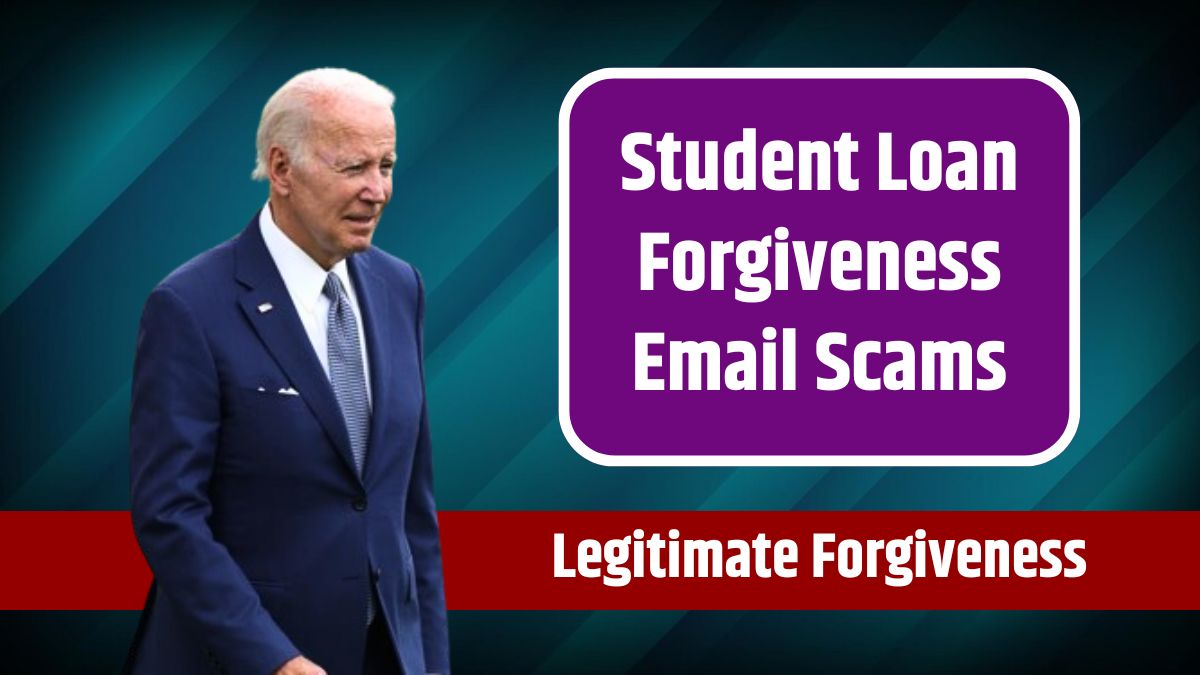Navigating the world of student loan forgiveness can be overwhelming, especially with scams disguised as legitimate offers. Fortunately, the Department of Education (ED) is helping borrowers stay informed by sending out emails clarifying eligibility for potential student debt relief. However, it’s essential to know how to distinguish genuine ED communications from scams. Here’s a guide to help you identify legitimate emails and avoid falling for fraud.
Watch for Emails from ED
If you have federal student loans, keep an eye out for emails from the ED about student debt relief. Importantly, for ED-held loans, there’s no action required to opt into relief. If you prefer not to receive loan forgiveness, however, you’ll need to contact your loan servicer to opt out. Just remember, opting out is final—once you opt out, you can’t change your mind.
Recognizing Legitimate ED Emails
To avoid scams, here are some signs to ensure that an email about loan forgiveness is legitimate:
- Official Email Addresses: Real ED communications will come from specific addresses, like:If an email doesn’t come from these sources or looks suspicious, delete it.
- Red Flags in Content: Be wary of any email with:
- Promises of immediate results or high-pressure tactics like “Act immediately to qualify” or “Enrollment is first come, first served.”
- Requests for your login information or payments for services. The ED or legitimate loan servicers will never ask for fees or your StudentAid.gov login credentials.
Watch for Fake “Service Fees”
Another common scam involves companies offering to “assist” you with student loan forgiveness for a fee. In reality, loan servicers provide these services at no cost. Loan servicers can help you understand your options, consolidate loans, and even apply for forgiveness programs without any charge.
If you’re unsure about your servicer, you can find their contact information on StudentAid.gov. By checking here, you ensure you’re communicating with a legitimate loan servicer who can help with repayment, consolidation, and forgiveness at no cost.
Suspect a Scam
If you think you’ve fallen for a student loan forgiveness scam, take these steps:
- Contact Your Loan Servicer: Confirm that no unauthorized actions have been taken on your loan.
- Check Your Financial Statements: Look for any suspicious activity and stop payments to any organization you suspect of fraud.
- Report the Scam: Notify both the Federal Trade Commission (FTC) and the Consumer Financial Protection Bureau (CFPB).
With these tips, you can avoid scams and get genuine help with your student loans.
FAQs
How can I identify real ED emails?
Look for emails from studentaid.gov or ed.gov domains.
What email red flags signal a scam?
High-pressure claims, login requests, and fees are red flags.
Do I need to pay for loan forgiveness help?
No, servicers provide support at no cost.
What if I suspect a student loan scam?
Contact your servicer, check finances, and report to the FTC.
Where can I check my loan servicer info?
Visit StudentAid.gov for servicer details.











